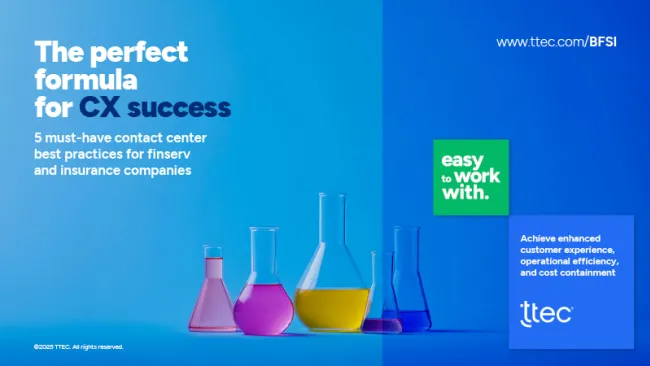
Better customer service costs less
Our client noticed its commercial loan volume was static, but the unit’s operating costs were increasing annually. We facilitated a week-long session and helped eliminate redundant steps in the process
Better customer service costs less
Our client noticed its commercial loan volume was static, but the unit’s operating costs were increasing annually. We facilitated a week-long session and helped eliminate redundant steps in the process
to optimize
omnichannel CX
spend, timeline
A prominent Canadian bank found itself in a precarious position: Its commercial loan volume was static, but the unit’s operating costs were increasing annually. Customer responsiveness was adequate for the industry, but not the competitive advantage that the bank needed. Managers wanted to engage employees in an ongoing, continuous improvement culture.
We facilitated a week-long session attended by senior management from each of the four regional operations centers, as well as internal business partners from IT, HR, and Sales. The team’s goal was to use Voice of the Customer (VOC) analytics to see the business through the eyes of their customers, eliminate process steps that added no value, and develop the best future state for loan processing. At the end of the workshop, the group had a vision for the future operations flow and an agreed-upon roadmap to get there.
Through a series of rapid improvement projects, groups of eight to 12 employees worked with us to scrutinize a particular segment of the lending process and find ways to eliminate waste and improve the flow of work. Overall, six improvement projects were completed over a five-month period, engaging employees across three locations to create a new workflow that would improve the experience for customers and employees – and lower costs for the bank. A limited two-week pilot was launched to further refine and evaluate the new process. Employees in one location set up the new process and then worked with us to iron out details in the live customer environment. A weeklong evaluation period followed, where the collected data was analyzed and discussed.
The elimination of redundant and unnecessary steps in the lending process led to dramatic increases in loan processing speed and capability. Analysis of the results from the pilot showed that the target of 20 percent productivity improvement was met and exceeded by an additional 10-15 percent gain. The lead time necessary to process a loan transaction also decreased from 4-8 hours to 20-60 minutes. The bank validated those results with pilots at two other sites. The project team and management team had the confidence to plan the full-scale roll-out of the new process.
After full implementation of the new process, the bank was able to reduce:
- Process steps from 140+ to 70
- Decision points from 20 to 14
- Physical hand-offs from 46 to 11; and electronic hand-offs from 16 to 14
- Operating expenses from $10 to $8 million
- Delivery time from 4-8 hours to 20-60 minutes with fewer errors and rework












